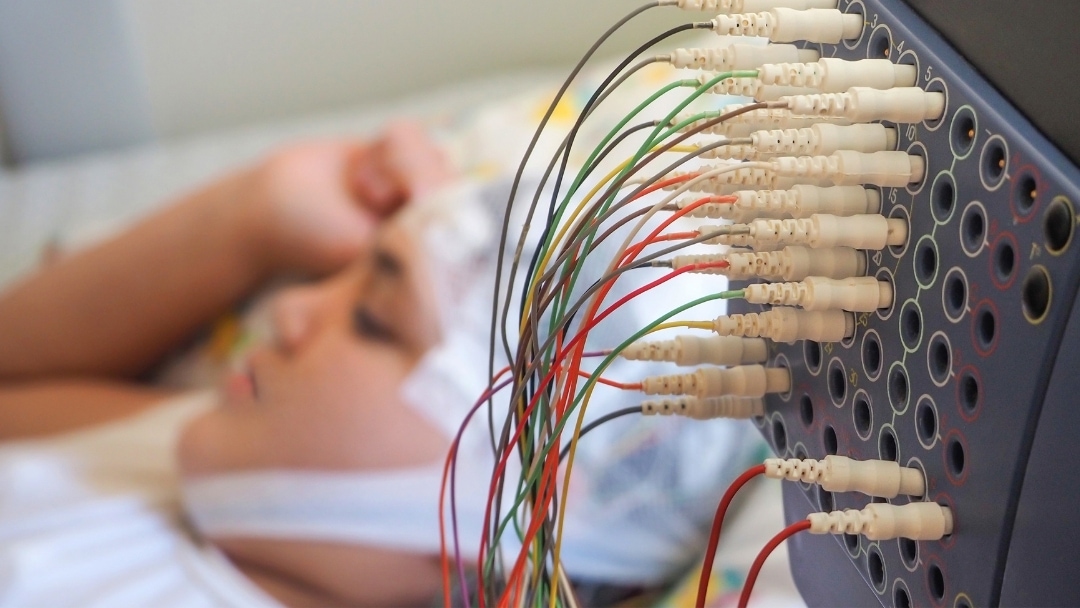Kelly Dorfman, MS, LDN discusses how piracetam can help with ADHD and learning disabilities.
Rosie had multiple learning and language disabilities related to a seizure disorder that had resisted medical treatment. “The little men in my head make the lights go out,” Rosie told me on her first visit. “I never thought this would happen,” Rosie’s mother exclaimed excitedly, six months later. She was referring to a recent test result that revealed her eight year-old daughter was now reading at a first-grade level.
Joseph, a boy with severe language delays, had also been making little progress. Joseph’s mother was likewise thrilled when a speech evaluation found her son had gained 13 months in receptive language in just nine weeks.
Jackson, a boy with a brain injury, began walking independently for the first time.
Rene, an adopted toddler whose birth mother abused drugs, overcame an “incurable” swallowing disorder.
What is responsible for these remarkable changes? Piracetam!
What Is Piracetam?
Piracetam, (2 oxo-pyrrolidone) is a “smart drug” developed in Belgium in the mid- 1960’s. This remarkable product falls into a class of drugs called nootropics. Nootropic means “acting on the mind”. While hundreds of studies have been done on piracetam’s usefulness and safety in Europe and in the former Soviet Union, the U.S. Food and Drug Administration (FDA) does not recognize nootropics as a separate class of drugs, although it allows their use for a variety of purposes.
Piracetam is a derivative of the neurotransmitter gamma-aminobutyric acid (GABA) and has been shown to be extremely effective in enhancing memory and cognition in children diagnosed with dyslexia and dyspraxia. It has also been used to slow the rapid brain aging associated with Down syndrome.
How Does Piracetam Work?
Nobody knows for sure; researchers believe that two reactions are at play.
- First, piracetam appears to influence glutamate transmission. All four glutamate neuro-transmitters have excitatory properties. When piracetam effects the glutamate in the cerebellum, the center of motor function, motor planning skills improve.
- Second, piracetam most likely improves blood flow to the brain and oxygen uptake by the brain by activating acetylcholine, a neurotransmitter involved in motor planning, memory and organization. This activation of acetylcholine uptake and formation is called a cholinergic effect.
Piracetam’s relationship with acetylcholine is complex, though the net result is cholinergic. Researchers have, therefore, found that increasing choline, the nutrient building block of acetylcholine, enhances its effectiveness.
Di-methyl-amino-ethanol (DMAE) is a choline derivative that appears to cross the blood brain barrier. DMAE is found in sardines and anchovies, fish often referred to as “brain foods.”
Studies done on DMAE alone found that it reduced hyperactivity and improved concentration in students with learning disabilities and behavioral problems.
Finally, piracetam promotes transfer of information from one hemisphere of the brain to the other. Coordinating the right and left hemispheres is critical for motor planning.
A nine year old I know climbed to the top of the jungle gym while taking piracetam because he could now alternate his limbs more efficiently, and was thus more confident of his ability to maintain his balance.
How Is Piracetam Delivered?
Liquid piracetam is available over-the-counter through www.antiaging-systems.com. Flavored piracetam in a liquid can be ordered by prescription from NuTriVene at 800-899-3413.
A common dose for piracetam is 50 mg per kg of body weight. DMAE is available at any good health food store as a chewable, liquid and a pill. Taken to enhance piracetam, dose it between 50 and 200 mg per day. Add these substances only one at a time, starting with piracetam.
Cautionary Notes
Since piracetam and DMAE increase brain energy, they may cause irritability, anxiety or nervousness in some children. Speak with a healthcare professional before introducing piracetam to a child who is highly agitated already, or who has reacted poorly to DMAE or other choline derivatives.
Ask your doctor before using it with a child already on stimulant medication. Although there are no known interactions with other medications, and side effects are rare, every child is different, and each developing brain responds in a unique fashion.
I have concluded after using piracetam for over 15 years that, unfortunately, it has limited usefulness with those who have autism.
Piracetam does not increase a child’s sociability but can help children communicate better in social situations by improving the pragmatics of language and increasing motor planning skills.
Consider piracetam for any child with dyspraxia or motor planning problems. I even know a mother who found it benefited her tendency to bump into things in her path!
About Kelly Dorfman MS LND
Kelly Dorfman is one of the world’s foremost experts on using nutrition therapeutically to improve brain function, energy and mood. Kelly’s special talent for integrating information from many sources and finding practical solutions has made her a popular speaker and workshop leader. She lectures extensively and is a member of Platform (formerly the National Speakers Association) and has been featured on numerous television programs including CNN’s American Morning.
Kelly’s award winning book, Cure Your Child With Food: The Hidden Connection Between Nutrition and Childhood Ailments (formerly known as What’s Eating Your Child) was given rave reviews by Publishers Weekly and the Washington Post.

As a go-to expert on nutrition issues, Kelly is frequently interviewed and quoted in the media. She has been featured in articles in The Wall Street Journal, Parade, Bethesda magazine, Living Without magazine, and the Huffington Post.
Kelly holds a master’s degree in nutrition/biology and is a licensed nutrition dietitian. She is a co-founder of Developmental Delay Resources, which has merged with Epidemic Answers. You can find out more about Kelly and her practice at kellydorfman.com
Still Looking for Answers?
Visit the Epidemic Answers Practitioner Directory to find a practitioner near you.
Join us inside our online membership community for parents, Healing Together, where you’ll find even more healing resources, expert guidance, and a community to support you every step of your child’s healing journey.
Sources & References
Levinson, H.I. Dramatic favorable responses of children with learning disabilities or dyslexia and attention deficit disorder to antimotion sickness medications: four case reports. Percept Mot Skills. 1991 Dec;73(3 Pt 1):723-38.
Pottoo, F.H., et al. Therapeutic enhancing potential of piracetam with diethylstilbestrol in prevention of grand-mal seizures in rats: inhibition of PI3K/Akt/mTOR signaling pathway and IL-1β, IL-6, TNF-α cytokines levels. Eur Rev Med Pharmacol Sci. 2023 May;27(10):4735-4751.
Winblad, B. Piracetam: a review of pharmacological properties and clinical uses. CNS Drug Rev. 2005 Summer;11(2):169-82.
Yang, Y., et al. Piracetam inhibits ethanol (EtOH)-induced memory deficit by mediating multiple pathways. Brain Res. 2017 Dec 1;1676:83-90.




